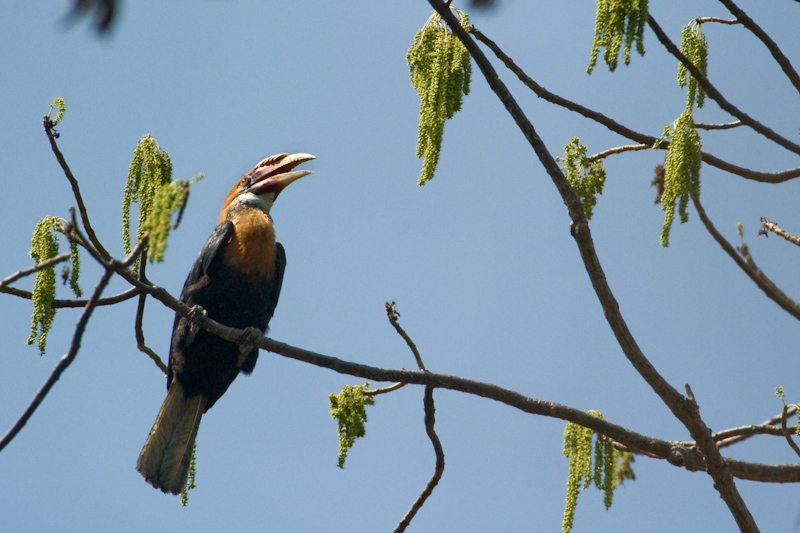Nagaland's Pristine Wildlife Sanctuary Preserving Biodiversity





The Singphan Wildlife Sanctuary represents a remarkable ecological preserve nestled in the Mon District of Nagaland, embodying the intricate relationship between landscape, wildlife, and cultural heritage. Established in 2009, this sanctuary spans approximately 23.57 square kilometers and serves as a critical habitat for diverse primate species, particularly the endangered hoolock gibbon. Its geographical location within the lush forests of Nagaland provides a unique ecosystem that supports remarkable biodiversity and represents a significant conservation effort in northeastern India.
The sanctuary's landscape is fundamentally shaped by the rich cultural context of the Naga people, who have historically maintained a profound connection with their natural environment. Their traditional practices and deep-rooted ecological understanding have contributed significantly to preserving the region's natural integrity. The Nagas' cultural narratives frequently intertwine human experiences with wildlife, creating a holistic perspective that views conservation not merely as a scientific endeavor but as a spiritual and communal responsibility.
Nagaland's complex historical trajectory, marked by colonial encounters, tribal dynamics, and postcolonial struggles, provides a nuanced backdrop to the sanctuary's existence. The region's turbulent past, characterized by conflicts between indigenous communities and colonial powers, has paradoxically contributed to maintaining substantial tracts of pristine wilderness. The Singphan Wildlife Sanctuary emerges as a testament to resilience, representing a space where natural preservation transcends political boundaries and historical tensions.
Ecologically, the sanctuary is a microcosm of northeastern India's extraordinary biodiversity. Its ecosystem supports an impressive array of flora and fauna, with particular significance for primate conservation. The hoolock gibbon, a critically endangered species, finds refuge within these forests, symbolizing the sanctuary's crucial role in maintaining ecological balance. Beyond primates, the sanctuary hosts numerous endemic species, each playing a intricate role in the complex web of life that defines this remarkable landscape.
The cultural significance of Singphan extends beyond its biological importance. For the Naga people, forests are not merely geographical spaces but living entities imbued with spiritual meaning. Traditional Naga belief systems recognize profound interconnectedness between human communities and natural environments, a perspective that fundamentally differs from Western conservation paradigms. This holistic worldview has been instrumental in maintaining the sanctuary's ecological integrity, demonstrating how indigenous knowledge systems can provide sustainable conservation strategies.
World War II's historical shadows also permeate this region, with the nearby Battle of Kohima representing a pivotal moment in global conflict. While the sanctuary itself was not directly involved in military operations, the broader landscape bears witness to complex geopolitical transformations. This historical context adds layers of complexity to understanding Singphan, revealing how natural spaces are never truly isolated from human narratives of struggle, resistance, and adaptation.
Modern conservation efforts in Singphan Wildlife Sanctuary represent a collaborative endeavor involving local communities, governmental agencies, and environmental organizations. These initiatives focus not just on protecting biodiversity but on creating sustainable models of interaction between human societies and natural ecosystems. By integrating traditional ecological knowledge with contemporary scientific approaches, the sanctuary becomes a living laboratory for innovative conservation strategies.
The sanctuary's significance extends beyond its immediate geographical boundaries, serving as a critical node in broader regional ecological networks. Its preservation contributes to maintaining critical wildlife corridors, supporting genetic diversity, and mitigating climate change impacts. As northeastern India experiences rapid environmental transformations, Singphan Wildlife Sanctuary stands as a beacon of hope, demonstrating the potential for harmonious coexistence between human communities and the natural world.
Discover more attractions within 50km that might interest you
Sivasagar, Assam
Magnificent Shiva temple symbolizing Ahom dynasty's architectural prowess
Mokokchung, Nagaland
Ancient Limestone Caves Revealing Nagaland's Rich Cultural Heritage